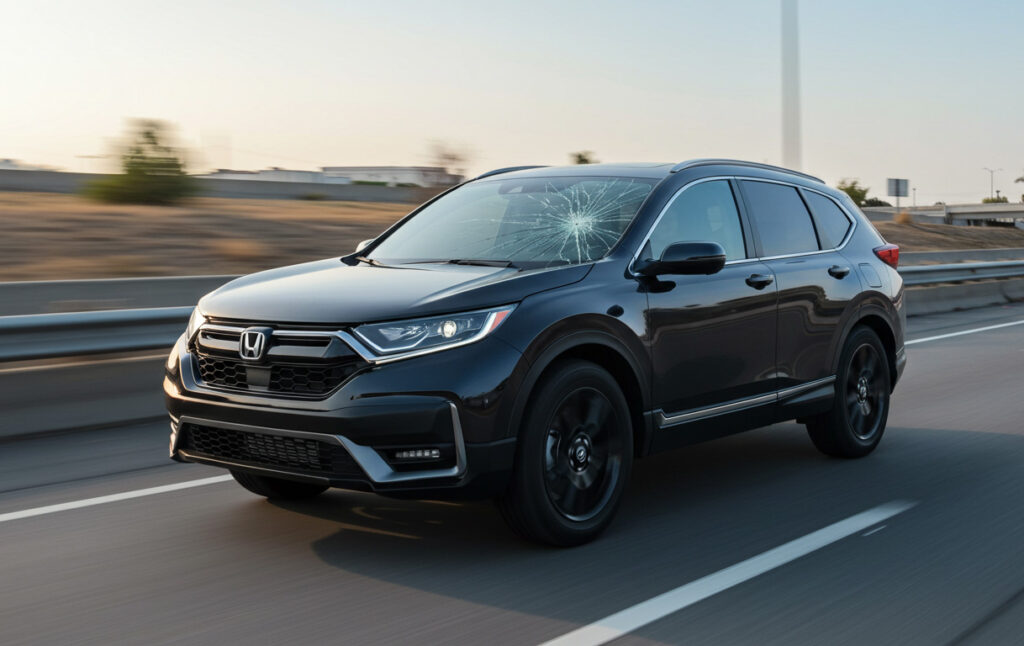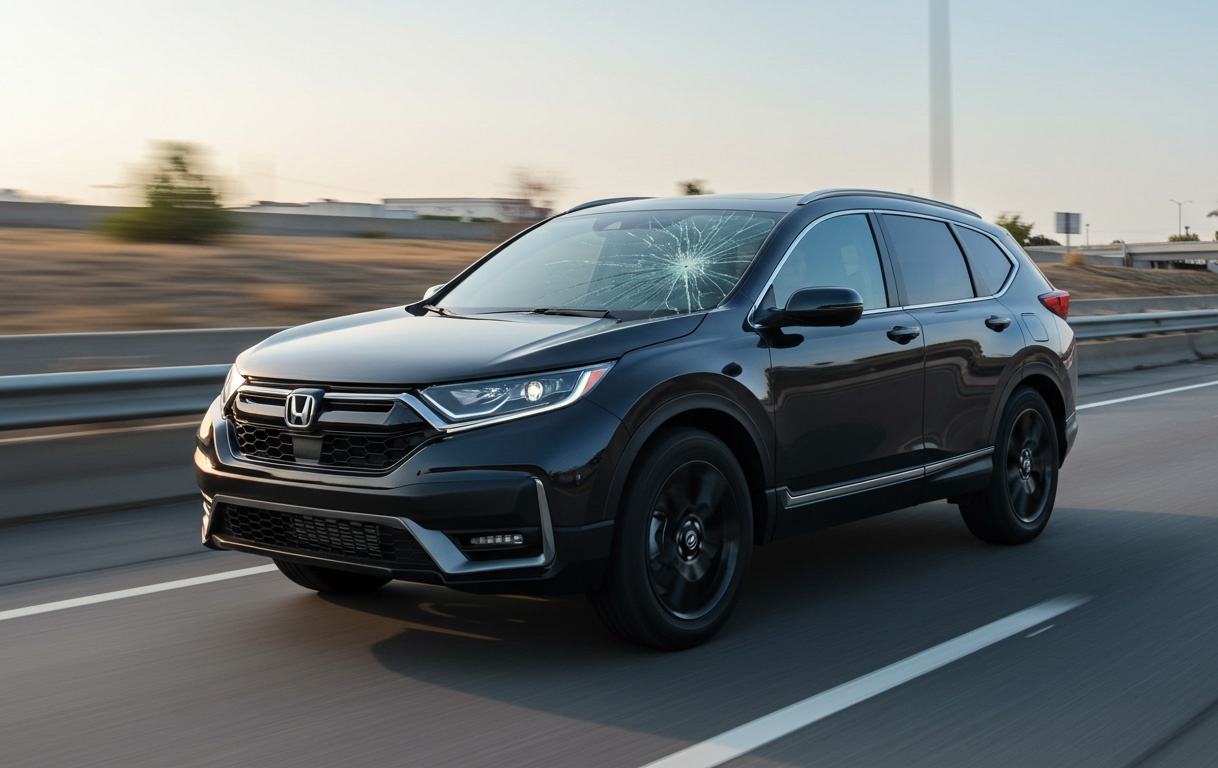Your windshield is one of the most important safety features in your vehicle. It does more than just keep the wind, bugs, and debris out of your face — it provides structural support for your car, helps your airbags deploy correctly, and ensures you have a clear line of sight while driving. Despite this, many drivers put off repairing or replacing a cracked windshield, thinking it’s only a cosmetic issue. In reality, driving with a cracked windshield is far more dangerous than most people realize.
How a Cracked Windshield Compromises Safety
- Weakened Structural Integrity
Your windshield plays a critical role in your vehicle’s overall strength, especially in rollover accidents. A cracked windshield is weaker and more likely to shatter under pressure, reducing the protection your car provides in the event of a crash. - Airbag Malfunction Risks
Front airbags rely on the windshield for proper deployment. If your windshield is cracked or weakened, the airbag may not deploy correctly — or worse, it could push through the glass entirely. This can significantly increase the risk of serious injury in an accident. - Reduced Visibility
Even a small crack can distort your view of the road, especially when sunlight, headlights, or rain hit the glass at the wrong angle. Impaired visibility is one of the leading causes of accidents, and a damaged windshield only makes it worse. - Increased Likelihood of Shattering
Temperature changes, vibrations from driving, or another small impact can cause a crack to spread quickly. A minor chip can grow into a long, obstructive crack that weakens the glass to the point of failure.
Legal and Financial Consequences
In many states, it’s illegal to drive with a damaged windshield if it obstructs your view or compromises safety. You could face fines, failed inspections, or even be held liable in an accident if your windshield’s condition contributed to unsafe driving.
Additionally, delaying replacement often costs more in the long run. A small chip may be repairable for much less than the price of a full replacement, but once it spreads, replacement becomes unavoidable.
When to Replace Instead of Repair
Not all cracks can be repaired. If the damage is larger than a dollar bill, located in the driver’s line of sight, or extends to the edge of the windshield, replacement is the safest option. Advanced Driver Assistance Systems (ADAS), like lane departure warnings and automatic emergency braking, also rely on properly calibrated cameras mounted on your windshield. Any replacement will need professional recalibration to ensure these safety features continue to work properly.
Finding a Trusted Windshield Replacement Shop
Your safety depends on proper installation, so it’s important to choose a trusted and experienced shop. Using substandard glass or poor installation techniques can lead to leaks, wind noise, and unsafe driving conditions.
To make the process easier, Glass.net offers a free quote tool that lets you compare prices from up to three trusted local windshield replacement shops. This way, you can find a shop that balances safety, quality, and affordability without wasting time calling around.
Conclusion
A cracked windshield is far more than a cosmetic inconvenience — it’s a serious safety hazard that compromises your protection, visibility, and even the performance of critical safety systems like airbags and ADAS cameras. Ignoring the problem only increases your risks and potential costs.
If your windshield is cracked, don’t wait until it’s too late. Use our free quote tool today to compare up to three trusted shops near you and ensure your windshield, and your safety, are in the best hands.
Use our free quote tool today to compare up to three shops near you and get back on the road with confidence.

To read more, visit blog.glass.net

